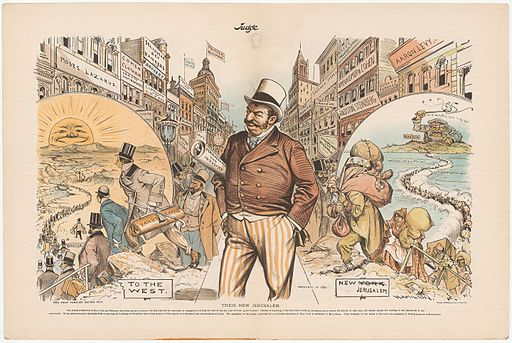- Subject:
- English Language Arts, Composition and Rhetoric
- Material Type:
- Lesson Plan
- Level:
- High School
- Grade:
- 11
- Provider:
- Pearson
- Tags:
Booker T. Washington's "Atlanta Compromise"
Chief Joseph's Speech to Congress
Declaration of Sentiments
Excerpts from "What is an American?"
W.E.B. Du Bois's "Niagara Movement Speech"
What to the Slave Is the Fourth of July
Close Reading

Overview
In this lesson, students will begin to work in groups to read their document closely, discovering what the main message is.
Preparation
- Read the lesson and student content.
- Anticipate student difficulties and identify the differentiation options you will choose for working with your students.
- Review the documents and annotations for the different groups. Anticipate which groups may need additional support.
Character Quick Write
Assist any students who are struggling.
Opening
Reflect on the questions below.
- Over the past two lessons, what three things have you learned about your character and his or her time period that most stand out to you?
- How do you think these things will influence how you portray your character in the convention?
Group Reading and Analysis
Circulate as groups work. Some may find their documents challenging; remind them to draw on the background knowledge they have built over the past two days to help figure out what the documents are saying.
Project or display the student instructions for easier viewing.
- SWD: Inferring can be very tricky for some students who struggle with comprehension. If you have students who struggle with making inferences, bring these students together in a small group. Walk the students through the task again, helping them to find evidence for the message the author is trying to teach them. This will also set them up for the Closing.
Work Time
Together with your character group, closely read the document assigned to you. Your task for today is to get a clear sense of the message your writer was trying to convey.
- As you read, create a Document Message Dialetical Journal and compose an entry with three to four quotations that you think help you understand the message.
Reading Options
Circulate and help students identify quotations. Be as familiar as possible with all of the readings.
Work Time
Identify three to four quotations from the readings in this Task.
Group Summary Write
Remind your students that their job is to take a complex message and make it as simple as they can while retaining the most important aspects of it. The better they can do this, the easier it will be for them to write their arguments adapting their messages to a modern audience.
- ELL: If you choose to group students yourself, this is a great place to integrate ELLs with students whose first language is English. Be sure to provide support as needed to facilitate group work and comprehension.
Work Time
Now your task is to distill the message of your document into a clear, precise, and concise statement that summarizes the author’s point.
- Each member of your group should write one sentence stating the message of your document.
- Group members should compare sentences and see where they overlap or are different.
- Your group should combine the best elements of the sentences to create a final, group sentence that clearly explains your message.
Share your sentence with the class.
Whole Class Summary Share
Remind students of the appropriate tone to use when commenting on and questioning classmates' work.
Work Time
Listen to the messages that other groups have shared.
- Are there any parts that are confusing?
- Discuss the sentences other groups have composed and ask questions about the ones you don’t understand.
Group Summary Revision
Remind students that this time they spend clarifying the message will pay off over the next few lessons; it's much easier to write an argument around a clear message than a murky one.
- ELL: Refining language can be especially challenging for students who aren’t yet proficient in English. Consider providing additional support at this point, whether leading a small group discussion or modeling extra examples.
Work Time
With your group, think about the questions and comments that your message received.
- Revise your sentence to make it clearer.
Whole Class Summary Discussion
Elicit comments from several groups.
Work Time
As you talk with the class, use these questions to guide your thinking.
- What were the challenges of condensing your document into one sentence?
- Did doing so help you refine the message?
American Dream Quick Write
If time permits, ask students to share their writing.
- SWD: Use a variety of approaches to support students with disabilities as they strive to express their responses to the prompt:
✓ Provide sentence starters and/or paragraph frames (“I think the American Dream is . . . because . . .”).
✓ Encourage students to rehearse their ideas orally, with a peer or adult, prior to writing.
✓ If technology allows, give students the option to audio-record a description of their ideas either prior to or instead of crafting a written response.
✓ Allow students additional time to complete this task if necessary.
Closing
Compose a Quick Write from the point of view of your character.
- The American Dream is . . .
Independent Reading and Journal
Ask students to vary their responses. For instance, if they usually respond to theme, ask them to respond to writing style or character.
Homework
Continue your Independent Reading book and Dialectical Journal entries.